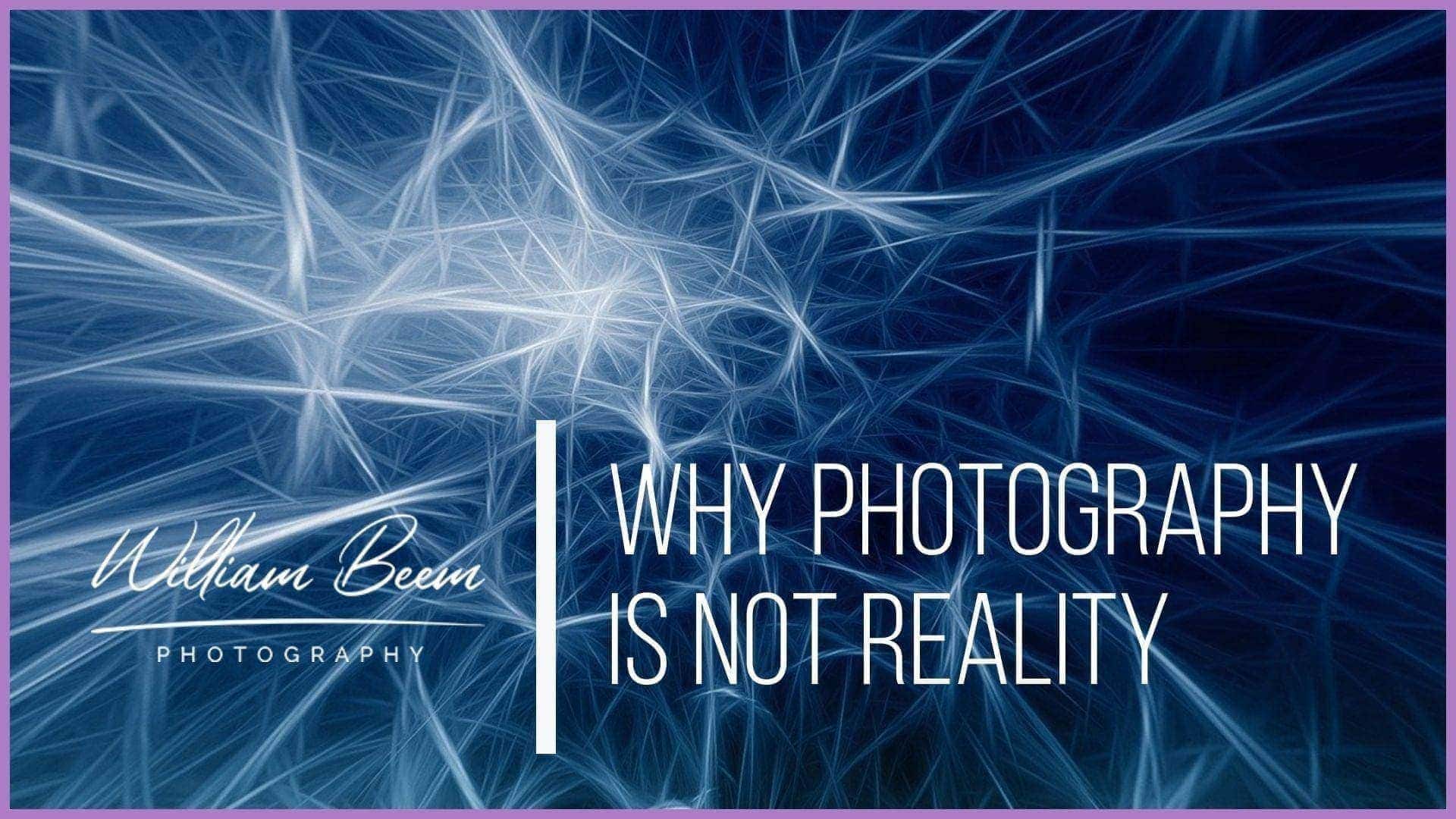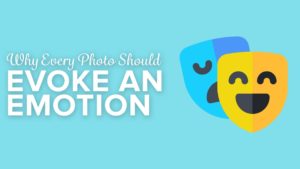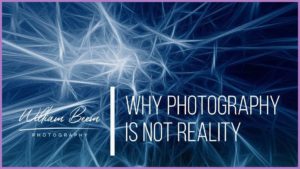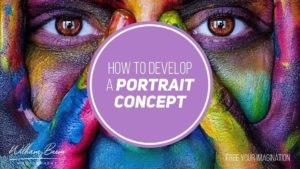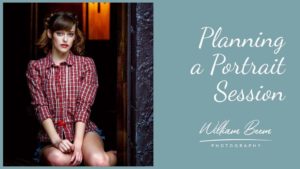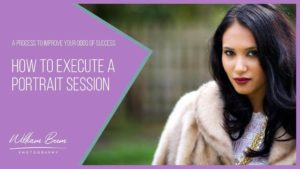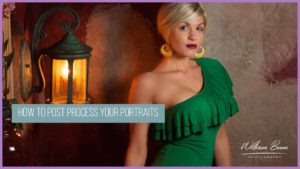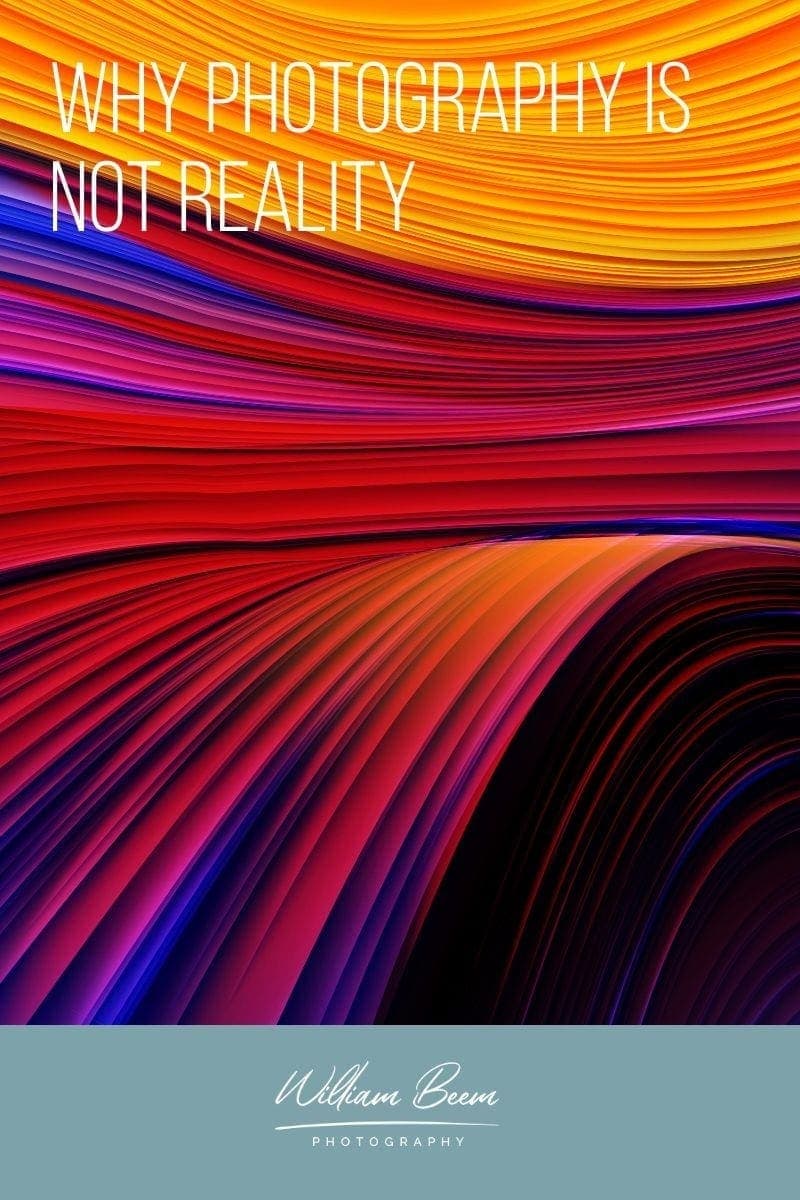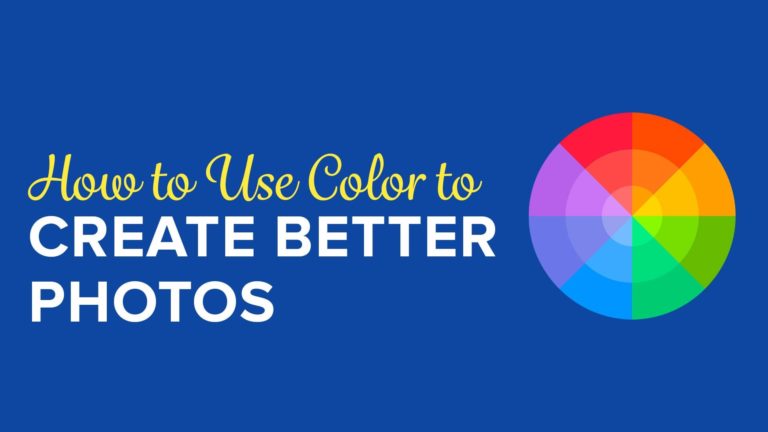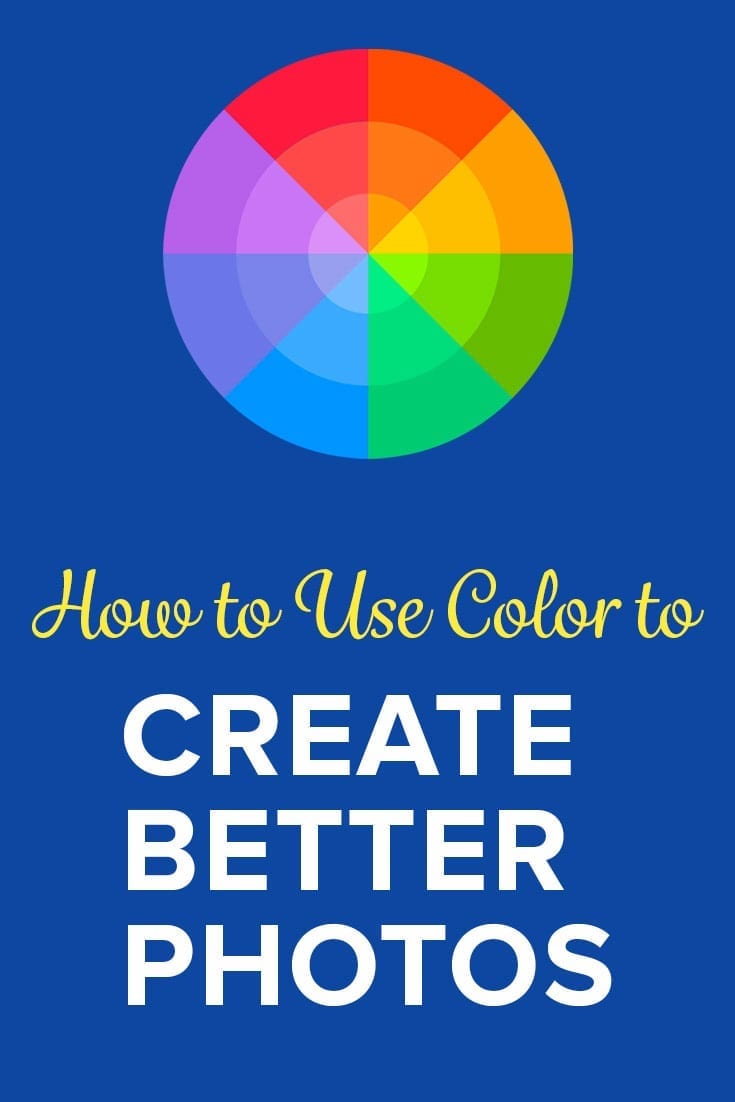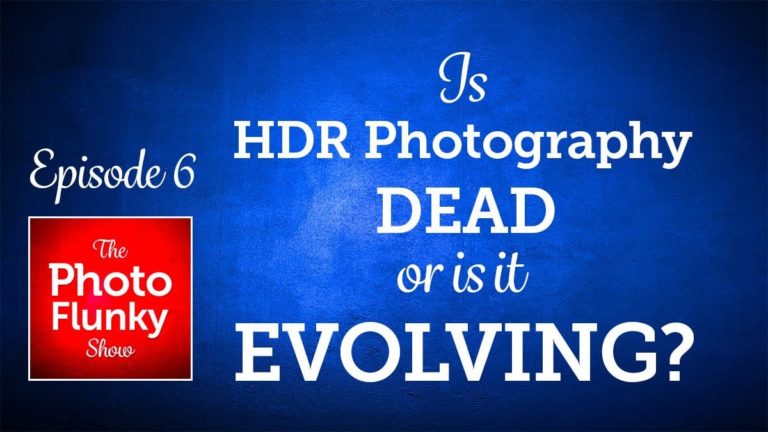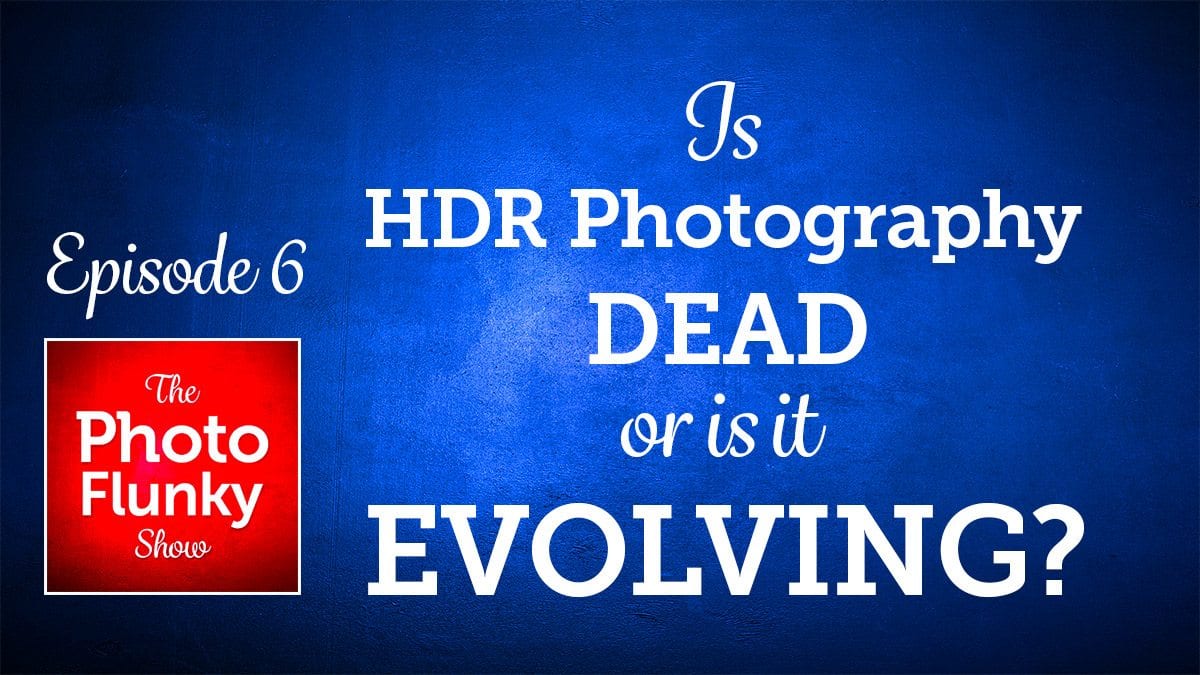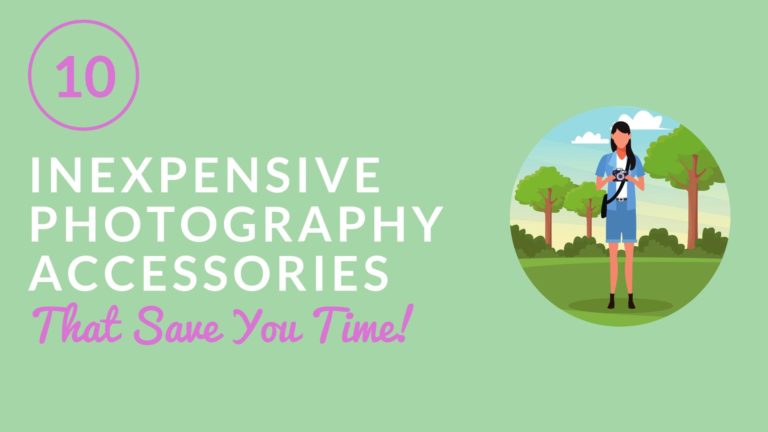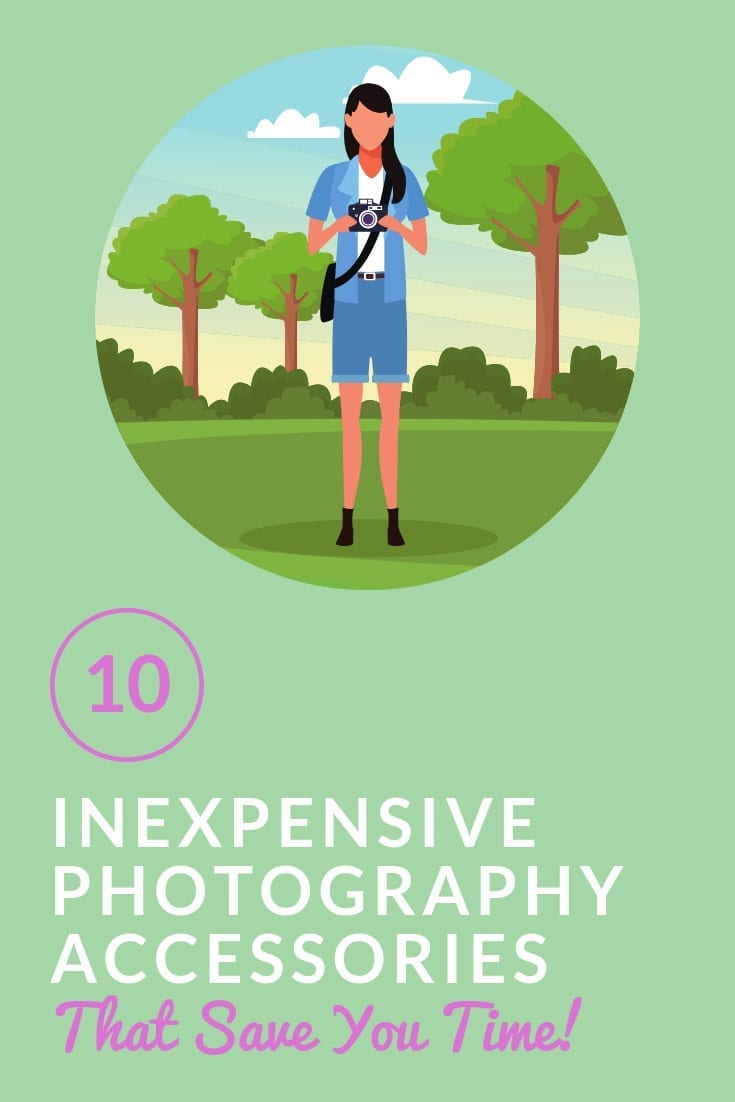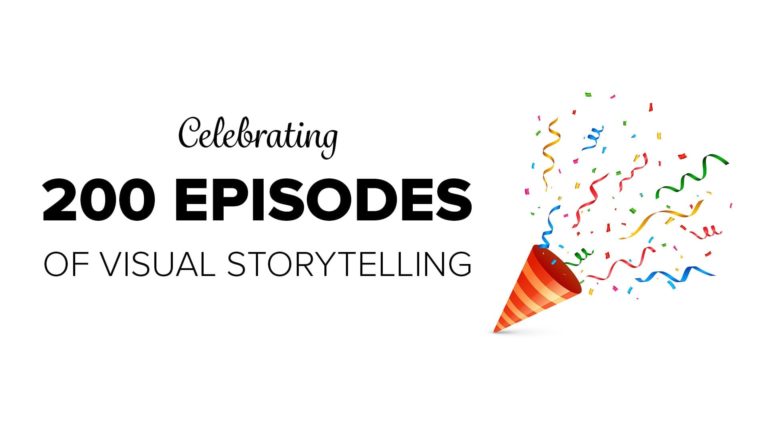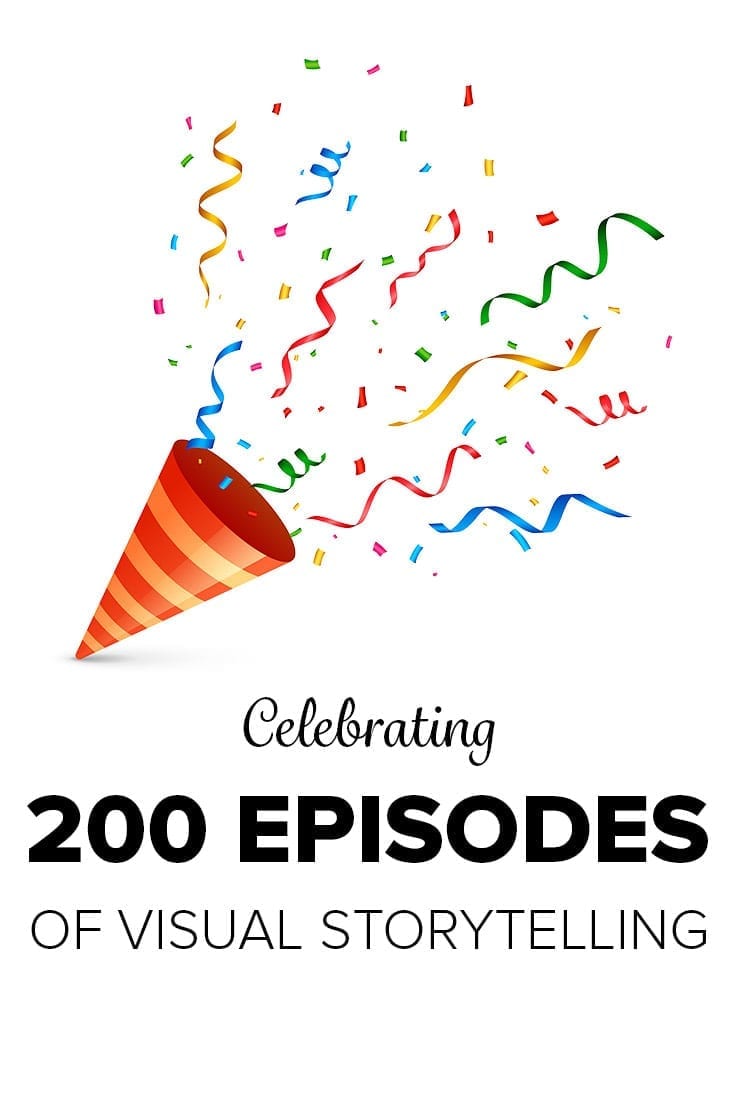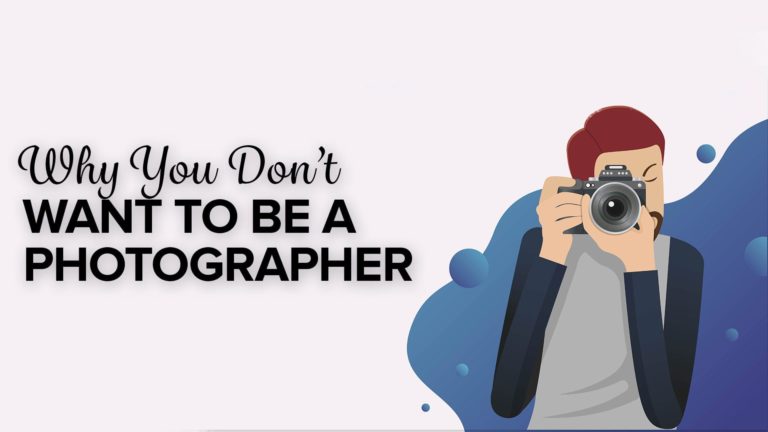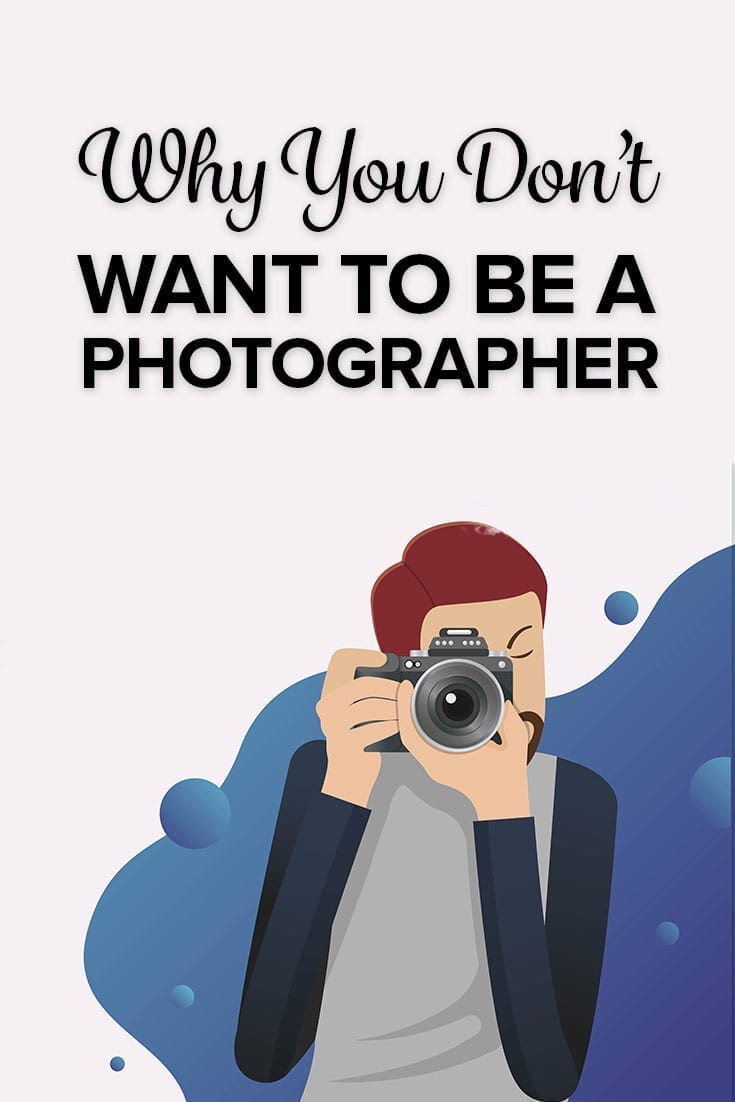Affiliate Disclosure: We earn a commission if you purchase through one of our links at no additional cost to you.
It’s time to stop thinking of photography as reality. Real things aren’t two-dimensional, we don’t see in long exposure, and most things are always in motion. Once you realize that photography is just a representation of something – much like a painting or sculpture – you have the freedom to start thinking like an artist and decide how you want to represent your subject.
Photography is Not Reality
Think about some of the common things we’ve seen in photography that we never see in reality.
I’ve never seen a cotton-candy waterfall or streets with taillights illuminating every inch of the way. We don’t see our portrait subjects frozen in time where we can peep at every single flaw on their skin.
Why do we soften wrinkles in portraits or eliminate fly away hair? We do we change the shape of eyes, noses or cheeks? We pump up the volume of hair and push in waistlines and clothing wrinkles in post processing.
Is any of that reality?
No, but its intentional because the stark nature of a frozen portrait just isn’t how we remember a person we saw face to face. Those imperfections don’t catch our eye when we’re interacting with someone, so why would we include them in the final portrait?
If you accept that photography is not reality, but rather a representation of who your subject is, then you change the away you approach your photography. You’re in charge.
Once you take charge, you can start to create rather than capture. That’s when you take a big step in your photography.
Time Stamps
Transcript
On the previous episode of, I Like Your Picture, we were talking about how to develop a portrait concept and then I didn't do an episode the next week and I thought, you know what? I skipped a step. I should have started with something else. So that's what we're going to start with today. Why photography is not reality on I Like Your Picture.
I'm William Beem. Welcome to, I Like Your Picture, the show that helps you improve your photography with visual storytelling. What is visual storytelling? It's is a method of approaching your photography with a knowledge of who you're trying to serve with your photos and what emotion you want to make them feel. We encourage you to concentrate on your subject light and background to create a photo your audience loves.
I'm glad you found us. Hi, my name is William Beem. My name is Lee Beem. And today's episode we want to basically give you three things to think about. And the main thing is why photography is not reality. The understanding that photography is really a representation of something and also that it's better to create and capture. So they kind of give you an idea of what we're talking about.
Before we get into our main points, I have a little story to tell you and I wish I had some Storytime music. Oh, I'm going have to go find Storytime music in case I ever have stories again. Look, here's the idea. Portraits are ancient. If you go back to those cave drawings, you remember you heard about those cave drawings in France and they've found them in there and there's like a stick man who's got a spear and he's on a hunt and that really begins the idea of stories told through art.
If it happened back in the caveman days, it's kind of really baked into our DNA. What you may not know is the guy who was holding that stake, his name was Fred, and it doesn't say Fred next to them, but we've kind of learned that over the years. His name is Fred. Fred was so impressive that somebody wanted to tell his story and say something about him.
I mean, if nothing else, we know Fred was a Hunter. Fred needed to eat and he took action and that impressed somebody so much that they created the first portraits that told a story and you can follow in that same tradition. So here's the thing about Fred. Those pictures in the caves are exact replicas of Fred. You understand? This is what we mean,
that a portrait is not reality. The reality of Fred, we're never going to see that there were no movies back then because even a photograph, although gives you a much better idea of what someone looks like than what you see in person, it's still not the same thing. Reality is really kind of a bit of illusion. The reason I say that is because, if you and I were standing next to each other and we're watching the same person,
we're watching the same thing, we're still going to come away with things just slightly different from each other. I mean, Lee, you've seen this happen before. I look at something, you look at something and then we talk about it later and it's not quite exactly the same thing. Let's face it, with us it's never the same. I was talking to a TJ Powell. He's,
one of the listeners of the show and he mentioned that like you two just don't see things from the same point of view and I thought, no we don't, but that's, that's part of the charm. I think that's also because I'm a foot shorter than he is. We're not going to see things from the same. Imagine you were more than a foot shorter.
Imagine. Think back to the very first time that you took Tové to Walt Disney world. I mean, how tall was she then? She was about six years old. You know, you see things from a child's point of view, you're down lower, you see things very differently than a person, you know, an adult would. I bought her a disposable camera.
And did you take a look through the photos and it's like, where do you see this? It's just, they look at things so differently and their perceptions are different and that's why I say that reality is a bit of an illusion because what you see that you perceive as real is not exactly what someone else sees and perceives as real. That's also what leads us into the idea that photography is not reality.
Think about this. Have you ever seen a photograph of a waterfall or a long exposure of water where the waves are crashing in and everything looks silky smooth? That's not real. That's not, that's not what the waterfall or the ocean waves really look like. They're wild and yeah, if you see a street with those long exposure tail lights and headlights coming in different directions,
that's not real either. And the same thing happens with portraits. Portraits. We look at somebody and we capture them for a moment, you know, maybe with a flash maybe without, and they're frozen in time. So just the fact that they're frozen means that it's not real. But then we start post-processing. Yes. The reason we're doing that, we want to make the person look kind of like we remember because when you see somebody frozen in time,
all these little flaws that you never noticed start to come to the surface and we don't like that. No. Lee doesn't want flaws on her photos, but I don't mind. But you don't notice those things. You don't perceive somebody the same way a photograph or a portrait frozen in time comes around, sharpen the lines around my eyes said no woman ever,
which is why we go ahead and we soften those lines. We smooth skin a little bit, we brighten the eyes. Sometimes we enlarge the eyes, you know, we whiten the teeth, we add little highlights in the hair. All those things are meant to enhance the portrait and make the person look a little bit better because that's really what we want to present and that's what I mean,
that a photograph is really a representation of something or someone, it's not reality and this is one of the first things that you need to get in your head in order to start thinking of your photo is this art rather than reality. Would you say that you'd process a portrait differently if it was of somebody for an audience who didn't know that person or know them well versus how you would process it for close friends and family?
Yeah. You would process a photo, let's say a portrait differently depending upon the age of the person, whether they're male or female. So for example, women don't want to see harsh lines on their face. It's not flattering and honestly the viewers don't want to see harsh lines on a woman's face, but yet an older man's face, those lines kind of that age just doesn't,
there's more character and experience that it tells you something about them who's earned those lines. Whereas women don't want to earn those lines. We have to earn other things that translate into cash to get them removed, so there you go. That's why I say reality is an illusion because there are a number of plastic surgeons out there as well. I haven't had any of that.
No, you haven't. The whole idea of thinking of photography as reality, making a photograph realistic, it's just a concept that really needs to go away. If you have a still image of something that's constantly in motion, whether it's a person, a place, or a thing that it's not real. Now. There are exceptions to this I think, and maybe it's not quite real yet,
but it's still life photos. Lee, you do a lot of still life. Is it real well it is. What I'm setting it up and like in my head it's real, but it's my reality and perception is reality, which is different for each person. I'm going to pick on Lee for a moment because she does these lovely top-down or flat lay coffee photos.
I've seen you drink coffee, you never have those flowers and I think I've said to you before, I could never drink. I don't like clutter in front of me. I mean you see me, I have to clear the table. I don't want anything on the table when I'm eating, but yet it's an artistic expression. That's the way you want to dress the set for that cup of coffee.
For me, a minimalist coffee is just about the coffee and my story with that coffee is not actually about the coffee at all. The coffee is an ingredient that is part of the experience. My story is about the experience. So your story is about the experience of drinking the coffee, it's a representation of something rather than the reality of how it happens. And it's kind of like an idealized representation.
It is. And that's the concept that we want to make sure that everybody understands, and this is going to lead into portrait photography and other types of photography. It's not just go out there and capture what's there. You can, but quite honestly, you're still not getting reality, so why not go ahead and look for opportunities to make the reality a representation that has a little bit of your own artistic flair.
So the next question is what is it that your audience desires? Lee and your case with your stuff that's still the admitedly is still life. You're kind of picking up a bit of an audience now that we've, everybody's been locked at home. What kind of comments are you getting? Not really comments. It's honestly I haven't posted because I got stuck into some projects and like that is just the fun.
I'm a fun account. I don't even have my name or an ID up there. It is just kind of put up there. So I haven't posted new things, but a lot of people seem have found the account. I mean it's just, it's tiny. I don't push it or market it and that. That kind of surprised me. I guess people are just looking for, you know,
looking for something to look up And, and here's what I think and I think this is what every audience desires. Although there are many ways to go about it. I think an audience wants an escape, especially now, especially now we want an escape when we look at something, you know, if you can look a lot of photos, but when you see one that makes you stop or let's say that you've got a computer and you want to put something on your desktop.
Yeah. And it's going to be a photograph, is that it might be something familiar, it might be your family, but if you're looking for something that you didn't take or someone else's created for you, honestly, it's probably an escape. I've got some of my portraits that I've put up there and to me, those are little bits of escape. I've got on my main desktop,
you know, there's a portrait of a young woman. It was a trash, the dress photo shoot, and she's lying down in the ocean and just a nice little smile. And it's like, that's my escape. I haven't been to the beach in quite a while. I miss going to the beach and they've got them closed down here at the time we're recording.
And that's just one little escape I want is like I want to see the ocean. Yeah. And sometimes you know, it's a picture of one of our dogs, Milo. Yeah, it's usually my life. I've got Lola lately. And you know, our dogs are kind of an escape too because Milo is just, he's an overgrown baby and you can't look at Milo without smiling,
I think at least. I can't because we say he is the goofiest dog I think we've ever had. But, and Lola is quite the opposite. She loves Milo to death. But why, why do you have Lola for your desktop? I, Lola is just, she's my kind of dog. She's very intelligent, which means she's very easy to train.
She figures things out and she picks up on things quickly. But she's also a high energy. She's very specific. Lola never does anything just because you know, you see dogs get up and wander around. Lola kinda gets up and she, she walks with purpose. I always said many times that dog needs a Cape. She, she does everything with purpose and I actually like,
I just like how her precision and her, um, her energy, but she's got the soft lovable side as well. She does. And the reason Milo was an escape for me. It looking at him on the desktop just reminds me, it's okay to take a moment, take a break, be a little goofy. I can get back to work later on.
But when I'm doing my work and then I see Milo, I think, okay, it's all right not to be serious all the time As you should never be serious all the time. And that's what I mean by an escape. I think if you look at what your audience desires, there are two main triggers that they're looking for. One is curiosity.
The other is familiarity. There's a couple of different kinds of curiosity and I'm actually, we'd already discussed it in a previous episode, I'll put that in the show notes, but one of the things that with are you curious about something? In other words, if it's a landscape or a cityscape or some kind of travel photo and maybe some place you've never been. Your just curious about it,
what is life like there? How does this place operate, why does it look so beautiful? And yet where I look at, you know there's weeds in the yard though, those things are an escape and they make me wonder, you know about it. But familiarity is just the same. A Milo is very familiar to me. Lola's familiar to Lee and if you have family photos,
those are familiar things. That's what your audience desires because they want something that either makes them curious or it's familiar and it makes them feel something and it's easier to do that as art, as a representation, as a representation of your subject because you're never going to get the reality of your subject. Yeah, I mean it's really what we're not, we're not saying that your photos aren't realistic,
we're just saying that it doesn't have to mimic exact reality and probably shouldn't. And you know what, this is I think an artistic choice. Are you trying to make something look as realistic as possible or do you let your imagination go and maybe get into a little bit of fancy, you know, or fantasy for lack of a better word. And I don't think there's a wrong answer.
It depends on what you'd like to create and it depends on the audience that you're developing as to what they want to see. There are people who like to dress up as cartoon characters, movie characters, and so forth, called cosplay. That is definitely not reality. So they're trying to make something and that's what they like, that's what their audience desires.
But this is why I come back to our next point. I believe it's better to create than to capture. Yeah, well think about it. If you just took a picture of your morning cup of coffee without having done all the stuff that you did, that's a capture. Yeah. But that's actually how I started. Um, I wasn't trying to do coffee photos,
but I'd get a picture of the coffee cup next to a breakfast bowl or a smoothie bowl or something had made. And what I do is I just kind of angle it, but even then I was moving things around to get the lighting or move shadows or adjust, you know, get the composition. And I think even that in itself is kinda messing with reality.
I didn't because the way I had an angled wasn't really a comfortable place for me to reach over and grab the coffee and eat breakfast. Well also think about that in portrait, let's say with lighting, let's say you're outdoors and your subject is facing with their back to the sun, you get a wonderful little golden glow. Let's say it's later in the afternoon or maybe an earlier in the morning when the sun is kind of at that low angle,
not high overhead. So you got a nice hair light on the backup, but then their face is in shadow. So you're going to put up a little flash or reflect or something to pop, some light to fill in their face. So they show up nicely on the photograph. That's not reality. Reality is light comes from this direction and you've chosen,
you know, either you're going to have them squinting because the sun is in her eyes or you're going to pop some light in their face and make a nice portrait. Oh, I remember. It's like, you know, it's like the sun's in my eyes, mommy. But that, that's what I mean, that it's, the representation is not reality and it's okay to do a little bit of this,
that and the other to enhance what you're representing. And I think that's art, whether you're making it look as realistic as possible or if you're really going off into something that never happened. Like for example, occasionally I like to do composite portraits. I'll take a photograph of somebody on a gray background and then I'll put them in a scene someplace else. And that didn't really happen.
But it doesn't mean that I'm not representing the person in the way that I want to change the background, changing the scene. So the idea that it's better to create than captures, like you go out and capture, it's like, okay, you've taken a snapshot. That's the way I look at it. And it doesn't mean that there isn't work, you know,
people who are event or sports photographers or uh, you know, wedding photographers who are capturing things like maybe having on the dance floor during the ceremony. They don't necessarily get to direct everybody that's going on there. They have their other scenes where they're taking, you know, portraits before the ceremony and after the ceremony. And they'll work with the bride and groom to get some things that they create.
And those I think are the ones that probably sell very well. And if they capture a great moment on the dance floor, that's nice. And I think that also sells well. But overall, when you can create something and work on the mood and get things just right, I think you come up with a better result. Um, I'm not a wildlife photographer,
but if I were, how in the world am I going to go give direction to an animal? I mean, I don't, yeah, I don't know where exactly where the is going to be. It's like, you know, I'm sorry you didn't show up here on time and now the sun's moved. I need you to adjust your position over this way.
He gets the link between your teeth. It's not just alligators. You know, we've got bears. You saw footprints on your last run. Yes, but the whole idea is, I think this is really for portrait photographers and people who can take the time to create something. I think you get a better result. Now, the last thing I want to leave you with,
and I guess this is the bonus. I wanted to say that technical perfection means less than emotional response. In other words, if you get a photograph that is technically perfect, but nobody feels anything from it, you don't really have a winner. It doesn't have any life. It will. There are photographers who will learn how to do things like stroboscopic.
You know where the flash goes off. Yeah, you don't know that word. Do you? Alright. Stroboscopic is what happens when the person you're photographing or the subject, whatever it is, is in motion. And then it looks on the photograph. Like you see that person like steps apart, you know, going through their motions. Like imagine a snow skier who's doing a jump and then you see them here and here and here and here and you know,
all through the arc of where they land, they've, they've got to do like multiple shots. The strobe is going off on, on them and it's technically interesting to see the journey emotionally. I don't find it satisfying at all. And that's one of what I'm talking about is if you can capture the peak emotion of that same snow skier, if you can get in on the person's face or you can see some moment that really is like,
is he going to make it or is he not? We'll Try that with spilling my coffee or something. Actually that would be more, It is. Just because you can do something doesn't necessarily mean that you should. So and honestly if you have a photo with an emotional response or something that really makes people feel it, but there's not technically perfect, like maybe it's a little bit blurry in some spot.
I think the emotional response trumps the fact that there's a bit of blur in it. I think it also depends what you're doing because there's a guy I love looking at his work and I follow this guy on Instagram. He's a commercial photographer. I mean Instagram's not his main hangout, but he said let's just put still things there and he does pay, cause that might be one example of something that he'd do,
but he's obviously having to do multiple shots and then layer them. The sky is kind of a bit of a genius with you know, working his footage. But I mean these are, I'm going to guess that these are high paying cause they well known companies, um, assignments. So he's got to get it just right. So sometimes things like the scopic scopic stuff you were talking about.
I didn't care that the people listening know and I mean those things would probably fit in for something like that. I could see him doing something like that if that's what the client wanted, cause he's definitely working exclusively for clients, But if he's working for a client, he's working for what they want and you know what? If they're looking for something technical then that's what you deliver.
If you're working for an audience that's wants an emotion, then you go for the emotion over the technicality. One of my photos that comes to mind for me is a dancer I shot in Cuba and it is definitely got a little bit of motion blur. I had my shutter speed slowed down because if I just took a very sharp photo of this dancer and really it's a shot behind her with her hips swaying off to the side and that it just,
I think it looks probably creepy if it hadn't been a little bit of motion blur on it. In that case it's just a picture of a girl's, but when it's a dancer, when you can clearly see she's moving and there's the the motion blur that goes with it. I think it tells a bit of a different story. Maybe what maybe my wife doesn't.
She says No, it's just that you said it would have just been a picture of a girl's, butt if it was driving you made you feel you shopped in that crack said we don't want lines on us. Well she had fishnet stockings Needs to be sharp as well. Okay, well that's our story for today. Hey, I would love it if you would go ahead and subscribe to,
I Like Your Picture. Go to williambeem.com/itunes and I hope this episode has been able to help you. We've just kind of wanted to go over why photography is not reality in that photography is a representation of something and quite honestly we think it's better to create rather than to cap. Sure. Thank you so much for joining us on. I like your picture.
This was episode 215 so show notes are going to be available williambeem.com/episode215. Lee's dancing again, I don't know. Every time we end the show and also the beginning, whenever this music is playing, she's in there dancing. I wish he could see it. One of these days. I'm going to get a video or something like that and just put it up here,
but until next week. Thanks so much.

